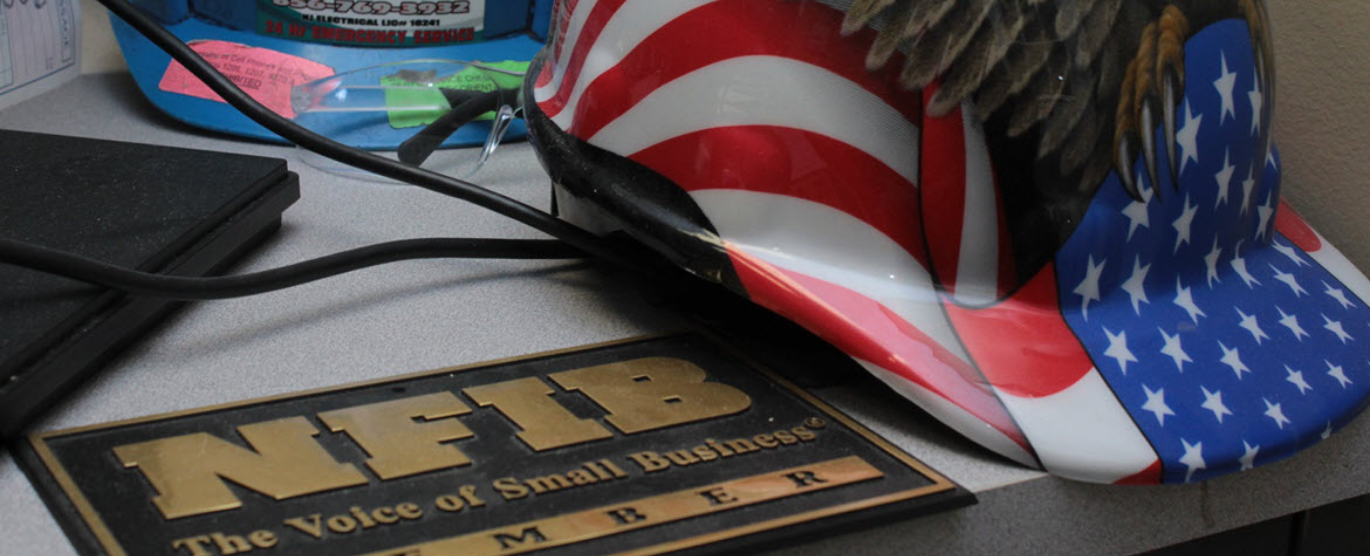If you’re buying a home, having an electrical checklist handy can help you spot the things that may be wrong with a home’s electrical system. If you’re serious about a property, it’s always a good idea to have a licensed electrician perform an inspection. That said, having an electrical checklist can be a useful preliminary tool prior to calling an electrician.
What Should Be On Your Electrical Checklist?
1. Checking the Electrical Panel
When you do your own inspection, one thing you’ll want to check is the electrical panel. This is typically the circuit breaker which could be located in your garage, basement, or a utility closet. If the house has a fuse box instead, that is a sign that the wiring is old and may need replacing. It’s also important to know the electrical capacity of the home you are interested in. You’ll want your system to meet modern electrical demands.
2. Checking the Wiring
If the house you’re looking at has a fuse box, it’s a good indicator as to how old the home’s wiring may be. Many older homes have aluminum wiring, which have their own safety issues as the connections between outlets and switches deteriorate. As connections weaken, the risk of electrical fire increases. It’s also work noting that old wiring may be harder to insure and may impact the marketability of the home, should you choose to resell.
3. Check the Outlets
Next on your electrical checklist: outlets. This is particularly important in areas of a home where sources of water located. Kitchen, bathrooms, laundry rooms. It’s important that crucial that the outlets in these areas have ground fault circuit interrupters (GFCI) installed. The GFCI outlets are designed to cut off power from the source anytime it detects some sort of unbalanced current, such as a hairdryer slipping into a wet sink.
In addition to GFCI in appropriate places, check for the locations of outlets throughout the home. Older homes may not have as many outlets, which means you may have to have more installed or moved around.
4. Check the Switches
During your tour of the home, check to see all light switches are working properly and have faceplate covers. When switches are flipped, make sure the lights are functioning and not flickering dur to a poor wiring connection. Also check to make sure the faceplates are cool to the touch. It’s a good idea to check outlets, too. If either feel warm or hot, there may be bigger problems at hand.
Are you in the process of finding a new home or property? Call Eric Krise Electric to set up a thorough on-site inspection: 856769.3932.




